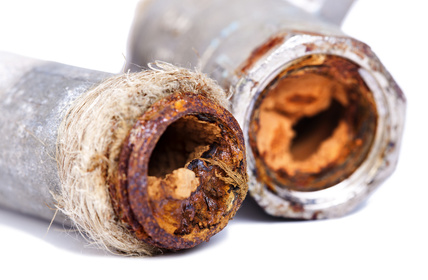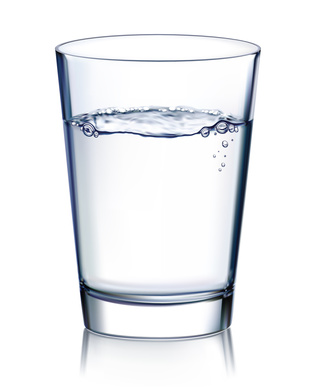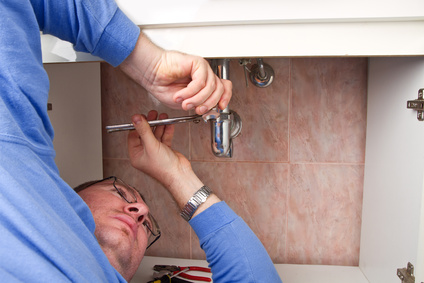If your water heater is starting to show its age by not adequately heating your water or leaking, it may be time to replace it. It’s best to hire a plumber to do that. Here’s what you can expect from the installation process.
Many plumbers do water heater installations as a package deal, meaning they allow you to select from a limited selection of water heater units and charge you one price for the heater, any permits needed to install it and the labor. When seeking out bids, you should clarify how the plumbing contractor does it.
Expect the installation to take at least a couple of hours, during which time you will be without water and whatever power source the unit uses, be it gas or electricity.
Your plumber will first shut off the water and the power source and then will drain whatever water is left in the tank. He’ll then cut or unhook the water lines to remove the unit.
To install the new unit, he must first install a relief valve that is needed to keep pressure from building up in the unit. Then he will hook the unit back up to water and power sources. He will attach the pipe assemblies and then reattach the water lines. After he has reattached the vent, he will attach the unit to its power source. For an electric water heater that may be as simple as connecting wires or plugging it in. For a gas one, he must reattach the gas line and then turn the gas back on and check for backdrafting.
Once everything is connected, the plumber will turn on the water heater to check for leaks. Assuming there are none, it’s ready to go if it is electric. For a gas water heater, there is one more step: lighting the pilot light.

 When a water pipe underneath a home’s concrete foundation breaks, water will seep into the home’s foundation and the surrounding ground, causing a slab leak that will need
When a water pipe underneath a home’s concrete foundation breaks, water will seep into the home’s foundation and the surrounding ground, causing a slab leak that will need 
 There is nothing good about having a
There is nothing good about having a